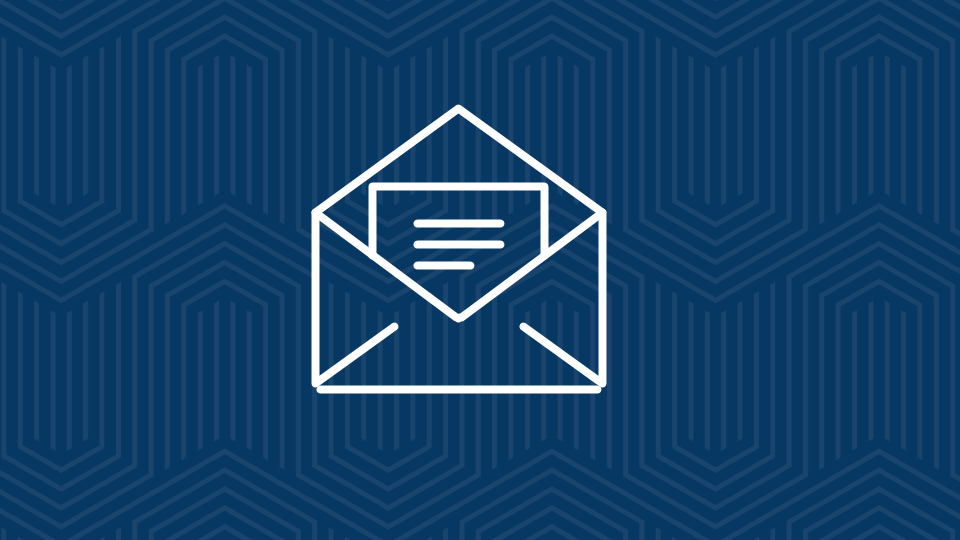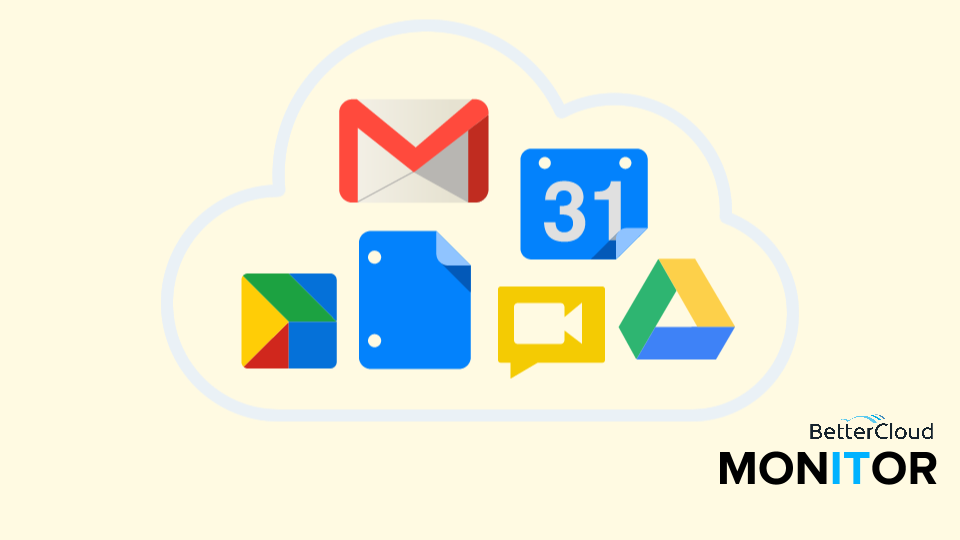5 Essential Steps for Configuring a Google Apps Account
4 minute read
Congratulations, you’ve made the decision to “Go Google!”
You’ve got the entire organization on board with the change. Now its time to prepare for the move itself.
1. Purchasing Licenses
Now that you are “going Google”, you need to purchase licenses for the users in your domain. You can purchase licenses on a per user basis, or as we suggest, buy licenses for all your users at once. You’ve already committed to your decision to go Google, and in order to fully leverage the features of this system all employees will need a license.
There are two ways to purchase seats, from a reseller or directly through Google. Factors such as the complexity of your migration, the amount of data you need to migrate and the experience your employees have with Google products will likely influence your purchase decision here.
Go through the Google Apps Setup Wizard
Now that you’ve purchased user licenses:
1. Log into your account
2. Go to the Setup tab in the Google Apps Control Panel (or to access the Control Panel from your Gmail inbox, click the gear icon and then select Manage this domain).
3. Next you will be guided through Google’s in depth setup wizard.
4. From here, follow each step carefully and choose the appropriate settings in each section.
*Note* – Do not set up Mail in the “Set up your apps” sections as this will cause all incoming mail to be delivered to Google Apps and not the current mail server. After your migration is complete, you can then go back to the setup wizard to set up mail.
2. Testing Google Apps
Log in and get familiar with Google Apps
While you won’t be able to receive mail on your Google Apps account until you have redirected your MX records, you should spend some time exploring the Google Apps Suite. This includes the administration tools in the Control Panel and third-party products in the Google Apps Marketplace. Be sure to:
– Create a Doc, Sheet, and Slide
– Create your Google+ profile and conduct a Google Hangout
– Play around with the mail settings like Labels, Filters, and Folders
– Get comfortable with Google Talk (or the new Hangouts, if you’ve decided to go that route)
3. Set up the Google Apps Migration Tool
Since you now know the basics of Google Apps, you can start to migrate data from your legacy system to Google Apps. This data migration normally includes mail, calendar, and contacts of your users. It’s a good idea here to migrate your own data and the data of a “non-technical” person first to see the different perspectives of the new environment you are introducing.
It’s important before you migrate any data that you understand what will and what will not transfer over and that the newly migrated data might be reformatted.
The data migrated will vary depending on the system you are migrating from. If you’re migrating from Microsoft Exchange use the GAMME (Google Apps Migration for Microsoft Exchange) administration guide (pages 12-15).
Some of the Exchange features that will not be transferred:
– Shared Folders – Regain this functionality through Google Groups (serves as a distribution list, forum and more)
– .exe Files – (that were attached to emails)
– Importance levels – Google lets you mark messages as “important” or “not important” and you can also create a “priority inbox” to place “important” mail above general email
– Signatures – Users can design email signatures in their Gmail settings or administrators can install a third-party tool to standardize signatures across the organization
– External shared contacts – To restore this capability, install a third-party solution through the Google Apps Marketplace
– Tasks – You can replace this functionality with Google’s native Tasks feature, which appears directly in the inbox or install a third-party task management solution
– Rules – Duplicate this feature by creating Filters in Gmail
If you’re migrating from Lotus Notes, check the GAMLN guide (PDF) (pages 9 -11), to determine how various items are migrated over.
Be aware of these changes that will occur :
– Mail folders will appear as Labels in Gmail – Label creation can fail for a folder if the user has changed the folder type to Shared or Private on First Use
– Follow-up flags appear as Stars in Gmail
– Unread marks are not migrated over
– Calendar Migration
– Delegated attendees are not supported
– Lotus Notes weekend rules are not supported
4. Migrate data to Google Apps for testing
Now the fun part, actually migrating your data. The system you’re coming from makes a big difference here. Again, Exchange users will need the GAMME tool (or Google Apps Sync for Microsoft Outlook (GASMO) if data is stored locally on users’ computers).
For Lotus Notes use the GAMLN guide (PDF), and if you’re leading a cloud to cloud migration, use an out of the box product like ShuttleCloud.
The actual time of the migration itself will vary based on the quality of connection you have with your server, but we suggest doing this on a weekend so your users can start the new week on Google Apps, and the IT department has time to tend to any issues that may surface.
5. Review changes post migration
After your data has migrated to Google Apps, test out the following on the new system:
– Locate a specific message using search in Gmail, as you no longer have features like sort and filter
– Verify your calendar migrated correctly
– Confirm contacts have populated
– Ensure you know how to accomplish your most common tasks in the new system
Having actually migrated data, set up your account, and play around with Google Apps, you’re now ready to hold employee training and change management sessions!
Bottom Line
Employees will have countless questions regarding their most heavily used features in the current system and how those translate into Google Apps, so have a firm grasp on these changes to facilitate a smooth transition.
Now that your Google Apps account is up and running, read 4 Steps to Provide Change Management to prepare your employees for a successful transition.




